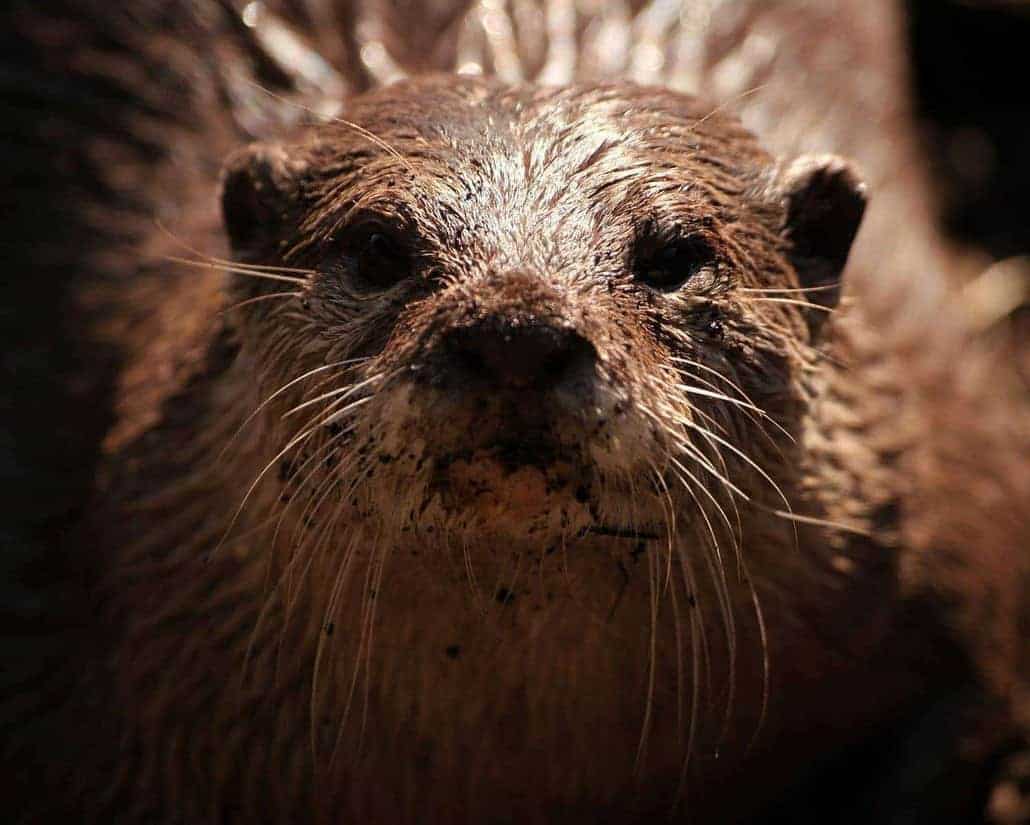Idaho starts the eradication of 90% of Northern Rockies wolves
On July 1, the state of Idaho began an eradication campaign to slash the state’s wolf population from the landscape, with the goal of dropping the population from 1,500 to 150 wolves. This intervention, approved by the state legislature and signed by Governor Brad Little, authorises the use of bounties, traps, snares, night raids, hunting hounds, and event the killing of nursing pups in their dens. Similarly, the state of Montana passed legislation seeking to eradicate 85% of the states wolf population, and Wyoming is allowing the kill of wolves across nearly 90% of the state.
Are we repeating the same old story?
The regional eradication of wolves in the mid 1920′ left a hole in the ecosystem, destabilising natural processes and illustrating that wolves are a keystone species in the region’s ecology. It was only after three decades of enormous conservation efforts and the reintroduction of wolves in Yellowstone National Park in 1995, that the wolf population began to recover.
Yet now, the State of Idaho, Montana and Wyoming are adopting policies that could lead to the same critical situation. These practices are in complete opposition to the 21st century conservation management that stresses the benefit of returning natural predators to the landscape to restore ecosystem functions. In response to this eradication campaign, more than 400 scientists, including Jane Goodall, George Schaller, and Thomas Lovejoy, are calling on President Biden and Interior Secretary Deb Haaland to provide emergency protections for grey wolves in the Northern Rockies, including Yellowstone.
We ask you to act now: stand with the scientists and the American people who favor wolf conservation, reinforce the efforts of Indigenous peoples to protect our precious wildlife, and implement a vision where the diversity and abundance of life on Earth are secure.

Are these kills justified? – The Wood River Wolf Project
The killing 90% of the grey wolf population was undertaken despite widespread evidence that wolves pose no threat to the region’s livestock industry. In addition, multiple studies have concluded that non-lethal control remains the most effective way to reduce potential conflict with ranching interests. Large-scale wolf removal is not only likely to be ineffective reducing livestock losses, but also counterproductive. When killing wolf individuals, we destabilise wolves packs, limiting their ability to take down natural prey and, ultimately, leading to increased livestock depredation.
Ironically, one of the most successful projects demonstrating that an harmonious coexistence between wolves and livestock is viable, has been running for over a decade in Idaho. Since 2008, the Wood River Wolf Project has been using non-lethal methods in a 282,600-acre area around the Sawtooth National Forest to effectively protect livestock, wolves, and other native predators. Under this project, the sheep producers only loose an average of five sheep out of 20,000 annually. In fact, this loss rate is up to 90% lower than other grazing areas with lethal control of wolves.






Wolves keep the deer population down so there is plenty of vegetation to feed the deer herds. take away the wolves the dear population grows and the vegetation Diminishes .Bad idea to get rid of The wolves.
I personally don[t give a rat’s a** what happens to some cow, steer, bull or any other introduced animal if indeed it feeds a hungry wolf pack. I do hold these ranchers, egotistical parasites on the public that they be, who would kill God’s creatures with such indiscriminate abandon, in total contempt. “Hunters,” so called, that kill these wonderful animals with high tech weapons are punks and cowards. A pox on them all.